Angolan government supplies patrol vehicles to two under-resourced national parks
As first appeared on Televisão Pública de Angola (TPA), here. Produced by Gaspar Jindanji.
March 14 2022
Mavinga and Luengue Luyana National Parks span over 90,000 square kilometres between them
Minister of Environment, Ana Paula de Carvalho, and other state representatives handed over the vehicles to environmental inspectors
Image by TPA.
The Mavinga and Luengue Luyana National Environmental Conservation Parks, located in the Angolan province Cuando Cubango, and which form part of the KAZA cross-border project area, cover an area of 46,072 square kilometres and 45,818 kilometres respectively. The territorial extension of the two nature reserves, combined with scarcity of resources, human capital and materials, have facilitated the commission of several crimes against wildlife, such as poaching, unsustainable fishing, the indiscriminate felling of trees, and exploitation of minerals among others.
It takes 125 Environmental Inspectors from the Provincial Directorate for the Environment an average of 4 months to visit these sanctuaries, highlighting the expansive size of the protected area. The patrols until this Monday were carried out on foot, subjecting the Inspectors to the imminent danger of being attacked by wild animals and by poachers themselves, who most of the time appear to be better armed than the inspectors.
In order to minimise the suffering experienced by the Environmental Inspectors in their task of maintaining the physical integrity of the biodiversity of the two parks, the Minister of State and Head of the Military House of the President of the Republic, Francisco Pereira Furtado, and the Minister of the Environment Ana Paula de Carvalho, delivered a total of six patrol vehicles – three for each park.
The Inspectors told the Ministers that the means received will facilitate a more comprehensive patrol of the two parks and requested that some attention be paid to working conditions, namely with the infrastructure that serves as a base and secondment for the Inspectors.
Provincial Director for the Environment in Cuando Cubango, Júlio Bravo, said that at least 500 inspectors would be needed to cover over 90,000 square kilometres.
The Minister of the Environment asked for the rational use of vehicles and gave guarantees that the Executive is working to provide vehicles to other state protected areas, as well as other equipment which will allow a better control of the country's biotic and abiotic resources to enable sustainable development.
Watch Gaspar’s report, in Portuguese, here.
This article is reproduced here as part of the African Conservation Journalism Programme, funded in Angola, Botswana, Mozambique, and Zimbabwe by USAID’s VukaNow: Activity. Implemented by the international conservation organisation Space for Giants, it aims to expand the reach of conservation and environmental journalism in Africa, and bring more African voices into the international conservation debate. Written articles from the Mozambican and Angolan cohorts are translated from Portuguese. Broadcast stories remain in the original language.

